为什么在一些情况下,Python 中的简单乘/除法比位运算要快?
首先秉持着实事求是的精神,我们先来验证一下
In [33]: %timeit 1073741825*2
7.47 ns ± 0.0843 ns per loop (mean ± std. dev. of 7 runs, 100000000 loops each)
In [34]: %timeit 1073741825<<1
7.43 ns ± 0.0451 ns per loop (mean ± std. dev. of 7 runs, 100000000 loops each)
In [35]: %timeit 1073741823<<1
7.48 ns ± 0.0621 ns per loop (mean ± std. dev. of 7 runs, 100000000 loops each)
In [37]: %timeit 1073741823*2
7.47 ns ± 0.0564 ns per loop (mean ± std. dev. of 7 runs, 100000000 loops each)- 在值 x<=2^30 时,乘法比直接位运算要快
- 在值 x>2^32 时,乘法显著慢于位运算
struct _longobject {
PyObject_VAR_HEAD
digit ob_digit[1];
};Long integer representation.The absolute value of a number is equal to SUM(for i=0 through abs(ob_size)-1) ob_digit[i] 2(SHIFTi) Negative numbers are represented with ob_size < 0; zero is represented by ob_size == 0. In a normalized number, ob_digit[abs(ob_size)-1] (the most significant digit) is never zero. Also, in all cases, for all valid i,0 <= ob_digit[i] <= MASK. The allocation function takes care of allocating extra memory so that ob_digit[0] … ob_digit[abs(ob_size)-1] are actually available. CAUTION: Generic code manipulating subtypes of PyVarObject has to aware that ints abuse ob_size’s sign bit.简而言之,Python 是将一个十进制数转为 2^(SHIFT) 进制数来进行存储。这里可能不太好了理解。我来举个例子,在我的电脑上,SHIFT 为 30 ,假设现在有整数 1152921506754330628 ,那么将其转为 2^30 进制表示则为: 4(2^30)^0+2(2^30)^1+1*(2^30)^2 。那么此时 ob_digit 是一个含有三个元素的数组,其值为 [4,2,1] OK,在明白了这样一些基础知识后,我们回过头去看看 Python 中的乘法运算 Python 中的乘法运算 Python 中的乘法运算,分为两部分,其中关于大数的乘法,Python 使用了 Karatsuba 算法1,具体实现如下
static PyLongObject *
k_mul(PyLongObject *a, PyLongObject *b)
{
Py_ssize_t asize = Py_ABS(Py_SIZE(a));
Py_ssize_t bsize = Py_ABS(Py_SIZE(b));
PyLongObject *ah = NULL;
PyLongObject *al = NULL;
PyLongObject *bh = NULL;
PyLongObject *bl = NULL;
PyLongObject *ret = NULL;
PyLongObject *t1, *t2, *t3;
Py_ssize_t shift; /* the number of digits we split off */
Py_ssize_t i;
/* (ah*X+al)(bh*X+bl) = ah*bh*X*X + (ah*bl + al*bh)*X + al*bl
* Let k = (ah+al)*(bh+bl) = ah*bl + al*bh + ah*bh + al*bl
* Then the original product is
* ah*bh*X*X + (k - ah*bh - al*bl)*X + al*bl
* By picking X to be a power of 2, "*X" is just shifting, and it's
* been reduced to 3 multiplies on numbers half the size.
*/
/* We want to split based on the larger number; fiddle so that b
* is largest.
*/
if (asize > bsize) {
t1 = a;
a = b;
b = t1;
i = asize;
asize = bsize;
bsize = i;
}
/* Use gradeschool math when either number is too small. */
i = a == b ? KARATSUBA_SQUARE_CUTOFF : KARATSUBA_CUTOFF;
if (asize <= i) {
if (asize == 0)
return (PyLongObject *)PyLong_FromLong(0);
else
return x_mul(a, b);
}
/* If a is small compared to b, splitting on b gives a degenerate
* case with ah==0, and Karatsuba may be (even much) less efficient
* than "grade school" then. However, we can still win, by viewing
* b as a string of "big digits", each of width a->ob_size. That
* leads to a sequence of balanced calls to k_mul.
*/
if (2 * asize <= bsize)
return k_lopsided_mul(a, b);
/* Split a & b into hi & lo pieces. */
shift = bsize >> 1;
if (kmul_split(a, shift, &ah, &al) < 0) goto fail;
assert(Py_SIZE(ah) > 0); /* the split isn't degenerate */
if (a == b) {
bh = ah;
bl = al;
Py_INCREF(bh);
Py_INCREF(bl);
}
else if (kmul_split(b, shift, &bh, &bl) < 0) goto fail;
/* The plan:
* 1. Allocate result space (asize + bsize digits: that's always
* enough).
* 2. Compute ah*bh, and copy into result at 2*shift.
* 3. Compute al*bl, and copy into result at 0. Note that this
* can't overlap with #2.
* 4. Subtract al*bl from the result, starting at shift. This may
* underflow (borrow out of the high digit), but we don't care:
* we're effectively doing unsigned arithmetic mod
* BASE**(sizea + sizeb), and so long as the *final* result fits,
* borrows and carries out of the high digit can be ignored.
* 5. Subtract ah*bh from the result, starting at shift.
* 6. Compute (ah+al)*(bh+bl), and add it into the result starting
* at shift.
*/
/* 1. Allocate result space. */
ret = _PyLong_New(asize + bsize);
if (ret == NULL) goto fail;
#ifdef Py_DEBUG
/* Fill with trash, to catch reference to uninitialized digits. */
memset(ret->ob_digit, 0xDF, Py_SIZE(ret) * sizeof(digit));
#endif
/* 2. t1 <- ah*bh, and copy into high digits of result. */
if ((t1 = k_mul(ah, bh)) == NULL) goto fail;
assert(Py_SIZE(t1) >= 0);
assert(2*shift + Py_SIZE(t1) <= Py_SIZE(ret));
memcpy(ret->ob_digit + 2*shift, t1->ob_digit,
Py_SIZE(t1) * sizeof(digit));
/* Zero-out the digits higher than the ah*bh copy. */
i = Py_SIZE(ret) - 2*shift - Py_SIZE(t1);
if (i)
memset(ret->ob_digit + 2*shift + Py_SIZE(t1), 0,
i * sizeof(digit));
/* 3. t2 <- al*bl, and copy into the low digits. */
if ((t2 = k_mul(al, bl)) == NULL) {
Py_DECREF(t1);
goto fail;
}
assert(Py_SIZE(t2) >= 0);
assert(Py_SIZE(t2) <= 2*shift); /* no overlap with high digits */
memcpy(ret->ob_digit, t2->ob_digit, Py_SIZE(t2) * sizeof(digit));
/* Zero out remaining digits. */
i = 2*shift - Py_SIZE(t2); /* number of uninitialized digits */
if (i)
memset(ret->ob_digit + Py_SIZE(t2), 0, i * sizeof(digit));
/* 4 & 5. Subtract ah*bh (t1) and al*bl (t2). We do al*bl first
* because it's fresher in cache.
*/
i = Py_SIZE(ret) - shift; /* # digits after shift */
(void)v_isub(ret->ob_digit + shift, i, t2->ob_digit, Py_SIZE(t2));
Py_DECREF(t2);
(void)v_isub(ret->ob_digit + shift, i, t1->ob_digit, Py_SIZE(t1));
Py_DECREF(t1);
/* 6. t3 <- (ah+al)(bh+bl), and add into result. */
if ((t1 = x_add(ah, al)) == NULL) goto fail;
Py_DECREF(ah);
Py_DECREF(al);
ah = al = NULL;
if (a == b) {
t2 = t1;
Py_INCREF(t2);
}
else if ((t2 = x_add(bh, bl)) == NULL) {
Py_DECREF(t1);
goto fail;
}
Py_DECREF(bh);
Py_DECREF(bl);
bh = bl = NULL;
t3 = k_mul(t1, t2);
Py_DECREF(t1);
Py_DECREF(t2);
if (t3 == NULL) goto fail;
assert(Py_SIZE(t3) >= 0);
/* Add t3. It's not obvious why we can't run out of room here.
* See the (*) comment after this function.
*/
(void)v_iadd(ret->ob_digit + shift, i, t3->ob_digit, Py_SIZE(t3));
Py_DECREF(t3);
return long_normalize(ret);
fail:
Py_XDECREF(ret);
Py_XDECREF(ah);
Py_XDECREF(al);
Py_XDECREF(bh);
Py_XDECREF(bl);
return NULL;
}static PyObject *
long_mul(PyLongObject *a, PyLongObject *b)
{
PyLongObject *z;
CHECK_BINOP(a, b);
/* fast path for single-digit multiplication */
if (Py_ABS(Py_SIZE(a)) <= 1 && Py_ABS(Py_SIZE(b)) <= 1) {
stwodigits v = (stwodigits)(MEDIUM_VALUE(a)) * MEDIUM_VALUE(b);
return PyLong_FromLongLong((long long)v);
}
z = k_mul(a, b);
/* Negate if exactly one of the inputs is negative. */
if (((Py_SIZE(a) ^ Py_SIZE(b)) < 0) && z) {
_PyLong_Negate(&z);
if (z == NULL)
return NULL;
}
return (PyObject *)z;
}static PyObject *
long_rshift(PyObject *a, PyObject *b)
{
Py_ssize_t wordshift;
digit remshift;
CHECK_BINOP(a, b);
if (Py_SIZE(b) < 0) {
PyErr_SetString(PyExc_ValueError, "negative shift count");
return NULL;
}
if (Py_SIZE(a) == 0) {
return PyLong_FromLong(0);
}
if (divmod_shift(b, &wordshift, &remshift) < 0)
return NULL;
return long_rshift1((PyLongObject *)a, wordshift, remshift);
}
static PyObject *
long_rshift1(PyLongObject *a, Py_ssize_t wordshift, digit remshift)
{
PyLongObject *z = NULL;
Py_ssize_t newsize, hishift, i, j;
digit lomask, himask;
if (Py_SIZE(a) < 0) {
/* Right shifting negative numbers is harder */
PyLongObject *a1, *a2;
a1 = (PyLongObject *) long_invert(a);
if (a1 == NULL)
return NULL;
a2 = (PyLongObject *) long_rshift1(a1, wordshift, remshift);
Py_DECREF(a1);
if (a2 == NULL)
return NULL;
z = (PyLongObject *) long_invert(a2);
Py_DECREF(a2);
}
else {
newsize = Py_SIZE(a) - wordshift;
if (newsize <= 0)
return PyLong_FromLong(0);
hishift = PyLong_SHIFT - remshift;
lomask = ((digit)1 << hishift) - 1;
himask = PyLong_MASK ^ lomask;
z = _PyLong_New(newsize);
if (z == NULL)
return NULL;
for (i = 0, j = wordshift; i < newsize; i++, j++) {
z->ob_digit[i] = (a->ob_digit[j] >> remshift) & lomask;
if (i+1 < newsize)
z->ob_digit[i] |= (a->ob_digit[j+1] << hishift) & himask;
}
z = maybe_small_long(long_normalize(z));
}
return (PyObject *)z;
}© 版权声明
THE END




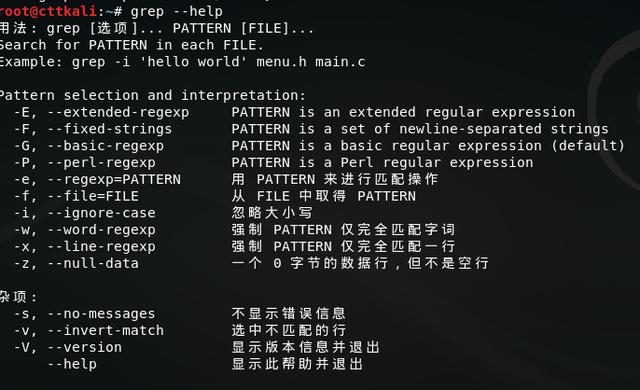
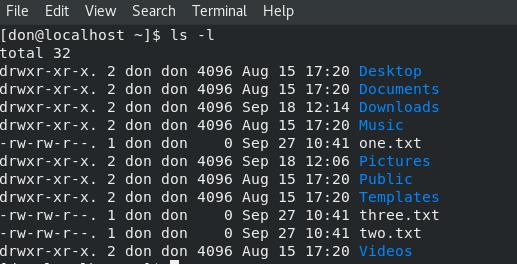

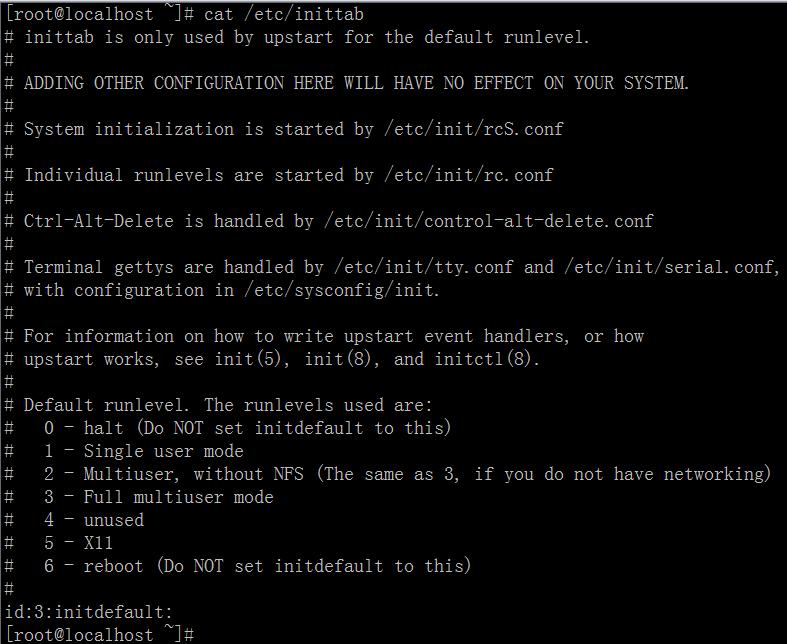
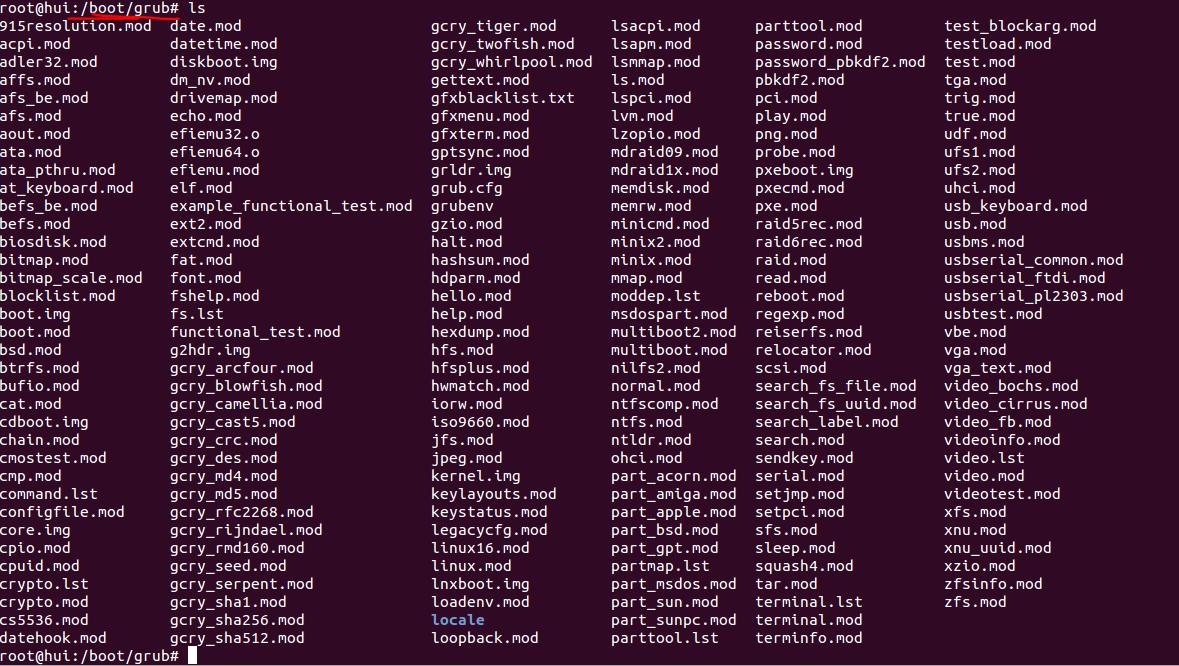
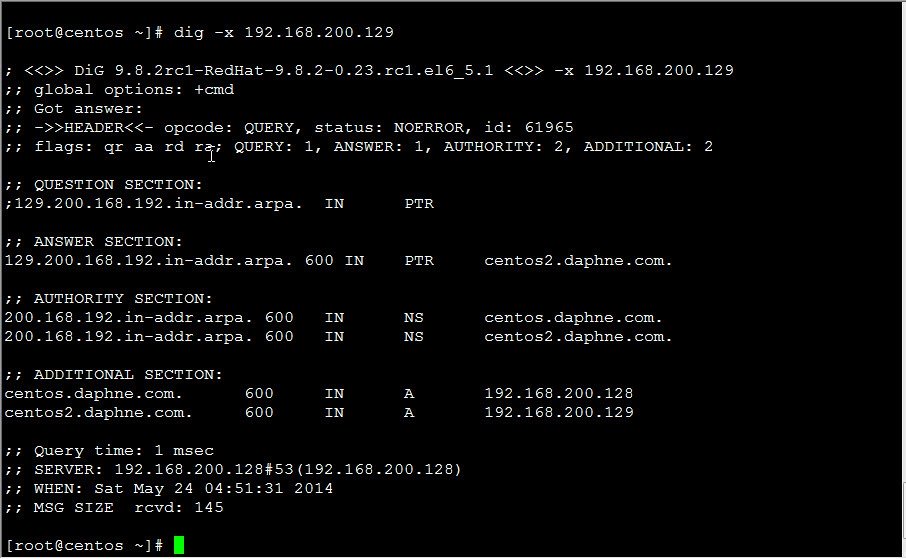







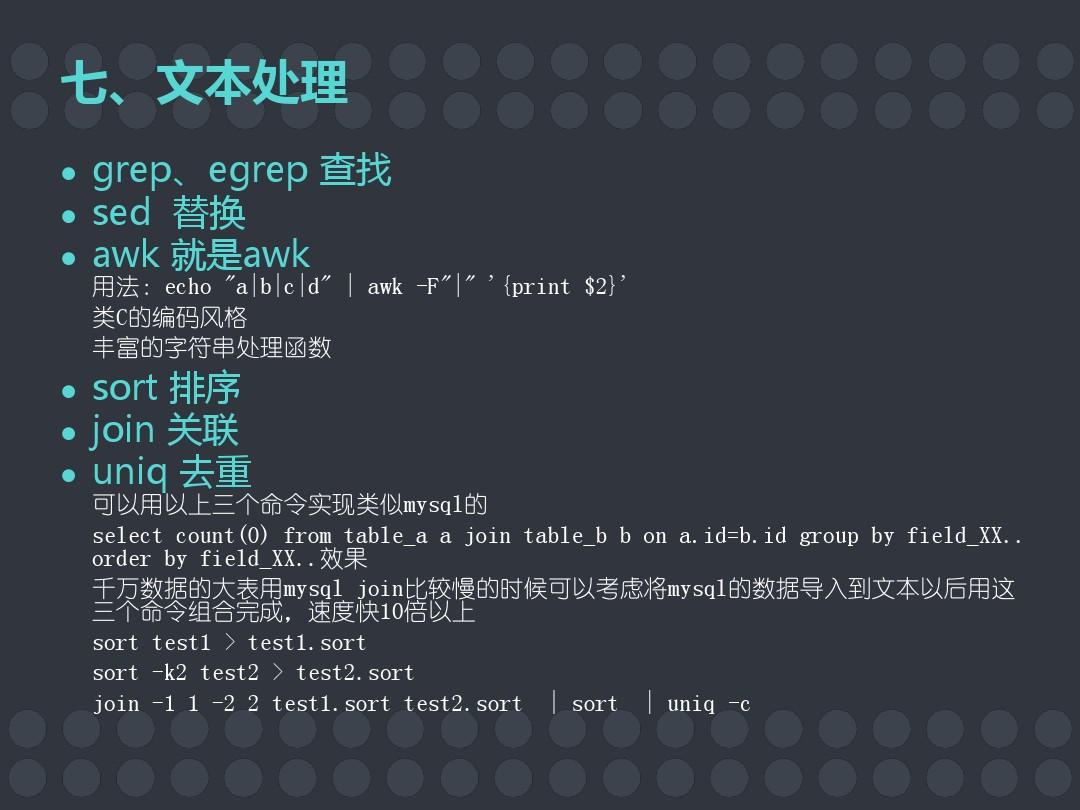



暂无评论内容